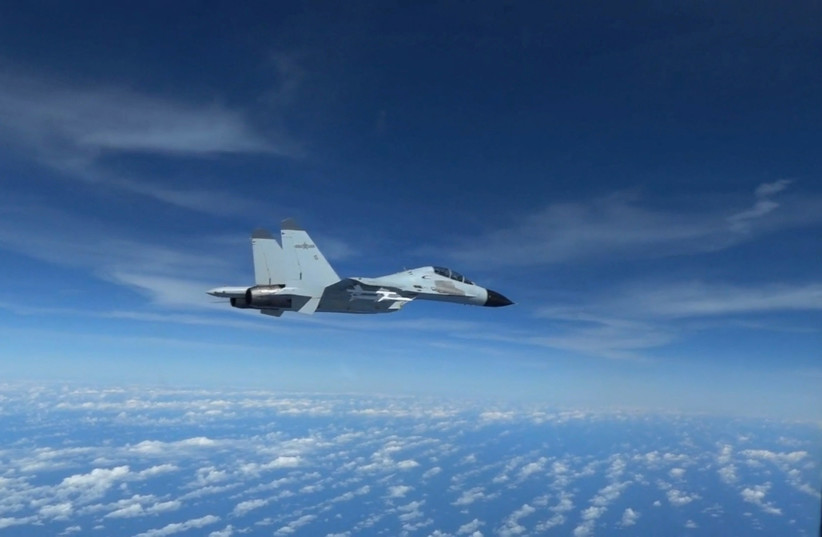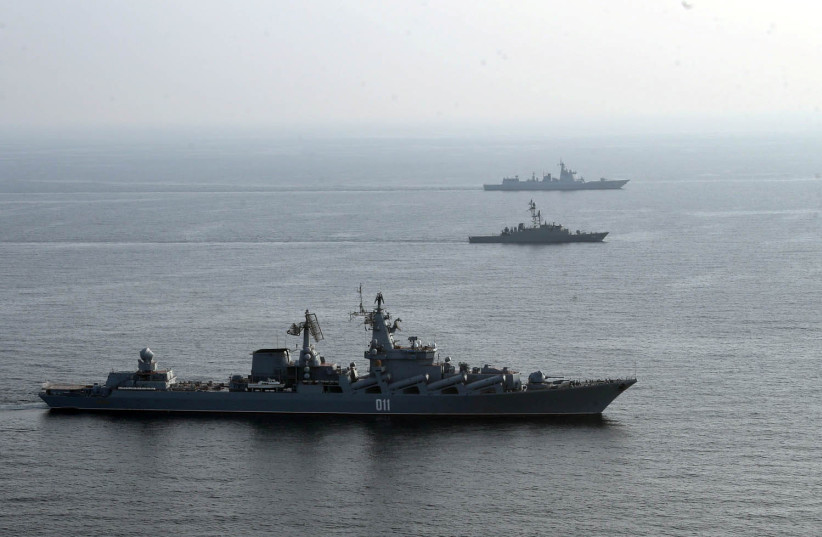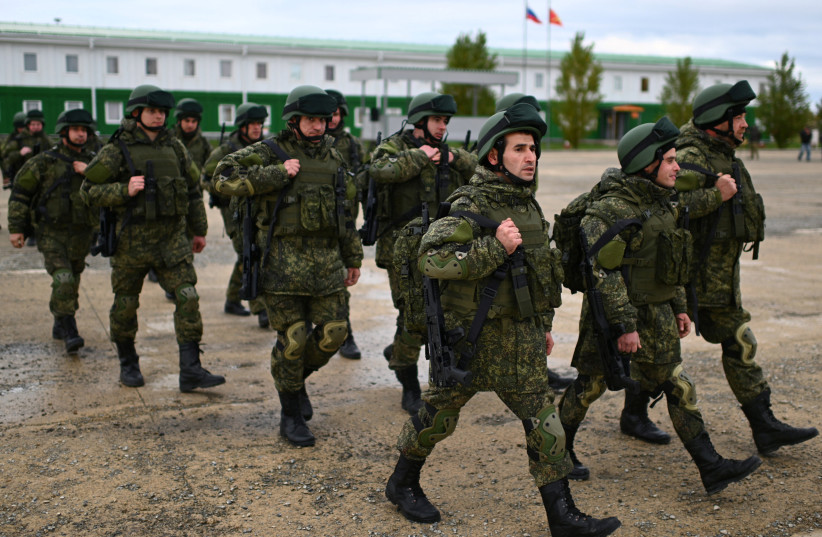China hopes that it can manage economic and demographic hurdles by rolling out a huge army that will be able to bully its neighbors, including South Korea and Japan.

This is not the “world order” that was proposed in the 1990s by then-US president George H.W. Bush. It’s not necessarily a new order that will replace the US-led world order that dominated in the 1990s. However, it is a world order that will be now stretching its wings, like an animal that has been slumbering.
What this means is that, if in the last decades, there was discussion about US-China or US-Russia competition, today it is clear what is taking place. The chips are down, in a sense. That means China no longer pretends that it is going to just be an economic power, quietly moving into the vacuum left by what it sees as a declining Western power in Asia, Africa and the Americas. Now China will be more assertive.
This is akin to the way the US emerged in the last century, initially as an economic power, but then quickly assuming world power status. China has been biding its time, quietly moving forward without trying to provoke alarm. Things changed in the last years, during COVID, which it used to isolate itself and prepare.
China’s list of controversies with the West is growing. Some of them are conflicts over small islands and atolls that China has been developing off the coast. Other controversies relate to China’s role in the Gulf and also in Africa. Overall, the picture is clear. A more assertive China will need more ships and more investment in its armed forces.

In addition, the West will need to rapidly re-arm and also work with allies across the globe via forums and new emerging ties, whether it is the new reports about Italy-India and Italy-UAE ties, or the visits by high-level US defense officials to the Middle East last week and this week, or joint training across the Pacific and Middle East. All of these things take on more immediacy today.
What do the stories tell us?
China is plowing some $225 billion into its defense budget. The US budget is reportedly four times as large. But China perhaps is building more platforms and hopes to use an economy of scale to put together more weapons, rather than the gold-plated US procurement programs that go for expensive systems like the F-35 or Global hawks or new stealthy bombers.
The point is also that the US is plowing money into the war in Ukraine, money that also goes back to US defense manufacturers. Reports say that Europe will have to rearm and replace munitions being sent to Ukraine. The writing is thus on the wall, even if the US defense budget is four times as large, it takes more money to build F-35s in the US, and things are simply more costly. China can build an aircraft carrier at a fraction of the cost, apparently. And even if one Chinese ship is not superior to its Western counterpart, it is building so many, that this may not matter. Of course, we don’t know what this all means until countries actually face off. War gamers and theorists can only tell us so much.
It’s important to note that China’s increased spending comes as its growth slows and its demographics are in decline. This means China has fewer children, even after it abandoned the “one-child” policy. Soon the population will decline and growth will decline and what will be left is a China with a massive armed force. Countries don’t just build armies and not use them. The last century tells us that when countries build large armies, they generally will use them somewhere eventually.
Meanwhile, in Russia, the state media said on Sunday that “Russian Defense Minister, General of the Army Sergey Shoigu held a meeting with the commanders of groups of troops in the zone of Russia’s special military operation.”
This means he was taking a look in on Russia’s war in Ukraine.
“Russian Defense Minister Shoigu held a meeting with the commanders of the special military operation groups. He heard commanders’ reports on the current situation in their areas of responsibility, as well as plans for future actions,” the statement said.
What this means is that Russia still doesn’t view the war in Ukraine as the defeat that Western observers think it has been for Moscow. Russia continues to destroy Ukrainian towns and areas and pound front-line positions. Russia isn’t advancing but it isn’t retreating. The war is fought entirely on Ukraine’s soil. Russia is losing forces but it uses mercenaries, the poor and minorities to man the front lines.

This is a cynical war designed to make people suffer.
Moscow has now gambled on attrition. Western commentators are gambling that providing Ukraine with more weapons, such as howitzers, tanks and other systems, can help Ukraine pose a threat to Russian forces, and perhaps even launch strikes on Crimea, an area Moscow annexed in 2014.
The Russian moves in Ukraine are designed to grind down Ukraine and set the country back many years. Russia no longer cares if Ukraine is entirely in the Western camp today. This is not designed to keep Ukraine “neutral” or away from NATO. In fact, to sabotage NATO, Russia is working with Turkey to keep Finland and Sweden from joining the alliance.
Thus Moscow has more cards to play. Russia’s overall belief is that the West is declining, and Russia’s leader believes that all Moscow has to do is not decline as much as the West. Basically, this is attrition on the way down the slope, competing to see who will sink slightly slower. Perhaps Moscow thinks the arc of time and history will bend in such a way that eventually the West will clash with China and then Moscow’s own hollow economy and hollow policies will be saved by third parties in Asia.
Overall, the point is that Russia spent the last two decades preparing to confront the West. It wanted a redo of the Kosovo conflict where Russia felt humiliated as the West weakened its ally, Serbia. Now Moscow wants to show that it can do to Ukraine what was done to Belgrade. And then Moscow hopes to rewrite the rules of world order with its invasion.
China hopes that it can manage economic and demographic hurdles by rolling out a huge army that will be able to bully its neighbors, including South Korea and Japan which have had record low birth rates and also face the same problems that China has, but have much smaller populations. This is a kind of “new world order” just not the kind that was envisioned in the 1990s.
Content retrieved from: https://www.jpost.com/international/article-733459.